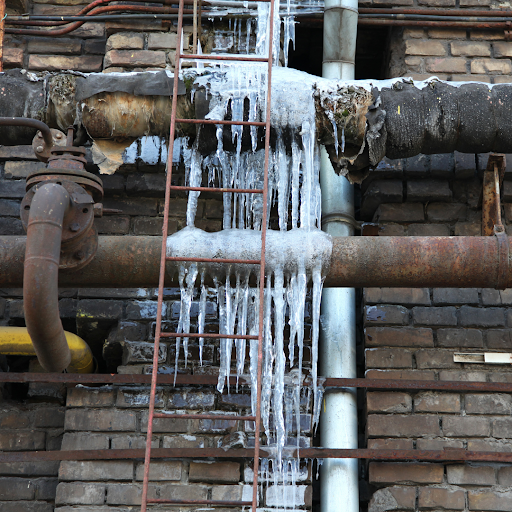How do you really feel in relation to 6 Ways to Prevent Frozen Pipes?

Cold weather can ruin your plumbing, specifically by freezing pipes. Below's exactly how to stop it from happening and what to do if it does.
Intro
As temperatures decrease, the threat of frozen pipes rises, potentially causing pricey repairs and water damage. Recognizing how to prevent frozen pipelines is critical for property owners in chilly environments.
Avoidance Tips
Shielding vulnerable pipes
Wrap pipes in insulation sleeves or use warm tape to protect them from freezing temperature levels. Concentrate on pipelines in unheated or outside areas of the home.
Heating methods
Keep interior rooms appropriately heated up, especially locations with plumbing. Open closet doors to permit warm air to flow around pipes under sinks.
Exactly how to recognize frozen pipelines
Seek decreased water flow from taps, uncommon odors or noises from pipes, and noticeable frost on revealed pipelines.
Long-Term Solutions
Structural modifications
Think about rerouting pipelines far from outside walls or unheated areas. Add additional insulation to attic rooms, cellars, and crawl spaces.
Updating insulation
Purchase top notch insulation for pipes, attics, and wall surfaces. Proper insulation assists keep constant temperature levels and reduces the danger of frozen pipelines.
Securing Exterior Pipes
Yard hoses and outdoor faucets
Disconnect and drain yard hoses prior to winter. Mount frost-proof faucets or cover exterior taps with protected caps.
Comprehending Frozen Pipes
What creates pipelines to ice up?
Pipes freeze when revealed to temperature levels below 32 ° F (0 ° C) for extended durations. As water inside the pipes freezes, it increases, taxing the pipe walls and potentially creating them to burst.
Dangers and damages
Icy pipelines can result in water disruptions, home damage, and costly repair services. Burst pipelines can flood homes and create extensive structural damages.
Indicators of Frozen Piping
Recognizing frozen pipelines early can avoid them from bursting.
What to Do If Your Pipelines Freeze
Immediate actions to take
If you believe frozen pipelines, keep taps open to soothe pressure as the ice thaws. Use a hairdryer or towels taken in hot water to thaw pipes gradually.
Conclusion
Stopping icy pipes needs aggressive measures and quick feedbacks. By understanding the causes, indications, and safety nets, homeowners can safeguard their plumbing throughout winter.
5 Ways to Prevent Frozen Pipes
Drain Outdoor Faucets and Disconnect Hoses
First, close the shut-off valve that controls the flow of water in the pipe to your outdoor faucet. Then, head outside to disconnect and drain your hose and open the outdoor faucet to allow the water to completely drain out of the line. Turn off the faucet when done. Finally, head back to the shut-off valve and drain the remaining water inside the pipe into a bucket or container. Additionally, if you have a home irrigation system, you should consider hiring an expert to clear the system of water each year.
Insulate Pipes
One of the best and most cost-effective methods for preventing frozen water pipes is to wrap your pipes with insulation. This is especially important for areas in your home that aren’t exposed to heat, such as an attic. We suggest using foam sleeves, which can typically be found at your local hardware store.
Keep Heat Running at 65
Your pipes are located inside your walls, and the temperature there is much colder than the rest of the house. To prevent your pipes from freezing, The Insurance Information Institute suggests that you keep your home heated to at least 65 degrees, even when traveling. You may want to invest in smart devices that can keep an eye on the temperature in your home while you’re away.
Leave Water Dripping
Moving water — even a small trickle — can prevent ice from forming inside your pipes. When freezing temps are imminent, start a drip of water from all faucets that serve exposed pipes. Leaving a few faucets running will also help relieve pressure inside the pipes and help prevent a rupture if the water inside freezes.
Open Cupboard Doors
Warm your kitchen and bathroom pipes by opening cupboards and vanities. You should also leave your interior doors ajar to help warm air circulate evenly throughout your home.

I hope you enjoyed our part on 6 Ways to Prevent Frozen Pipes. Thanks a ton for taking a few minutes to read through our blog post. Sharing is caring. Helping people is fun. Thanks for taking the time to read it.
Set Up An Appointment
Comments on “Preventing Your Pipes from Cold Weather: Effective Methods”